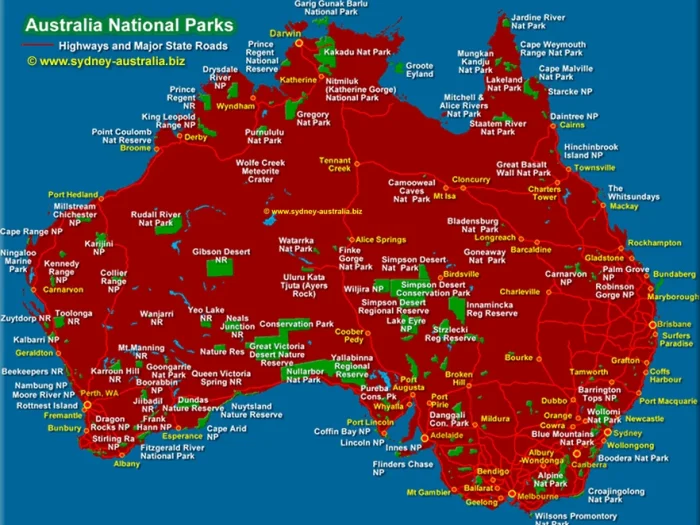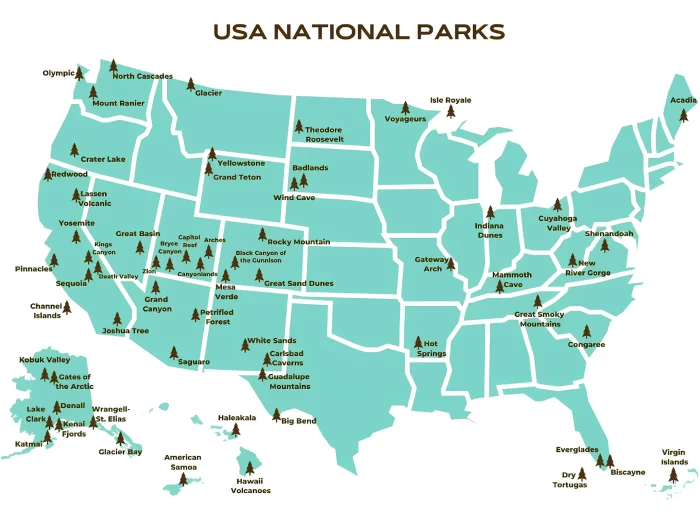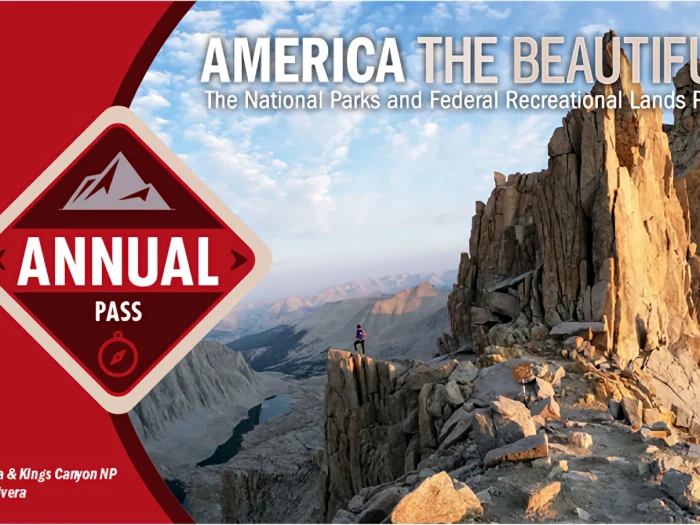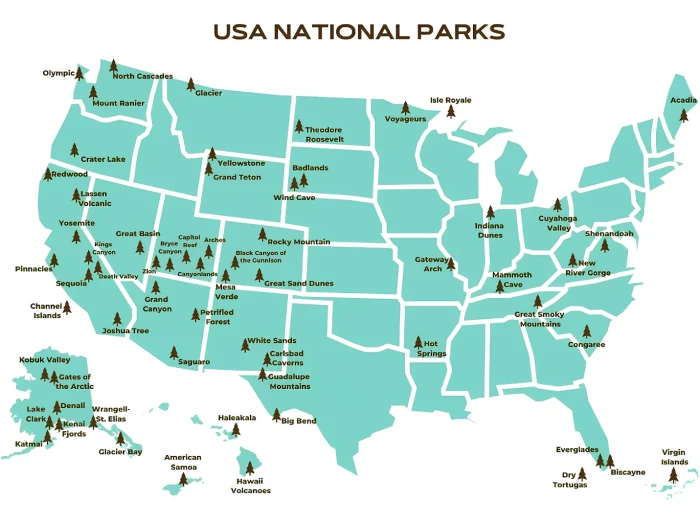Rental Properties Near National Parks: The Ultimate Guide
You love the National Park Service. So do most of our citizens. Wouldn’t it be nice if you could somehow capitalize on it and make some money while still having an excuse to regularly visit these beautiful parks?
That’s the concept behind a rental property management strategy surrounding National Parks. But what exactly does this strategy look like, and how can you make it work for you?
The High-Level Vision
Ultimately, rental property management is about buying, managing, and maintaining individual properties as part of your portfolio, collecting monthly rent payments to cover your expenses, and hopefully yield a small profit every month. At the same time you’re benefiting from positive cash flow, you’ll be benefiting from property appreciation.
As long as you can keep your rental properties marginally profitable, you can snowball them into an inordinate amount of wealth. As long as you can collect more in rent than you pay in expenses, you can keep your passive income engine running and gradually increase your net worth. Just keep in mind that your expenses will also include maintenance, repairs, upgrades, and general upkeep.
Why Choose Properties Near National Parks?
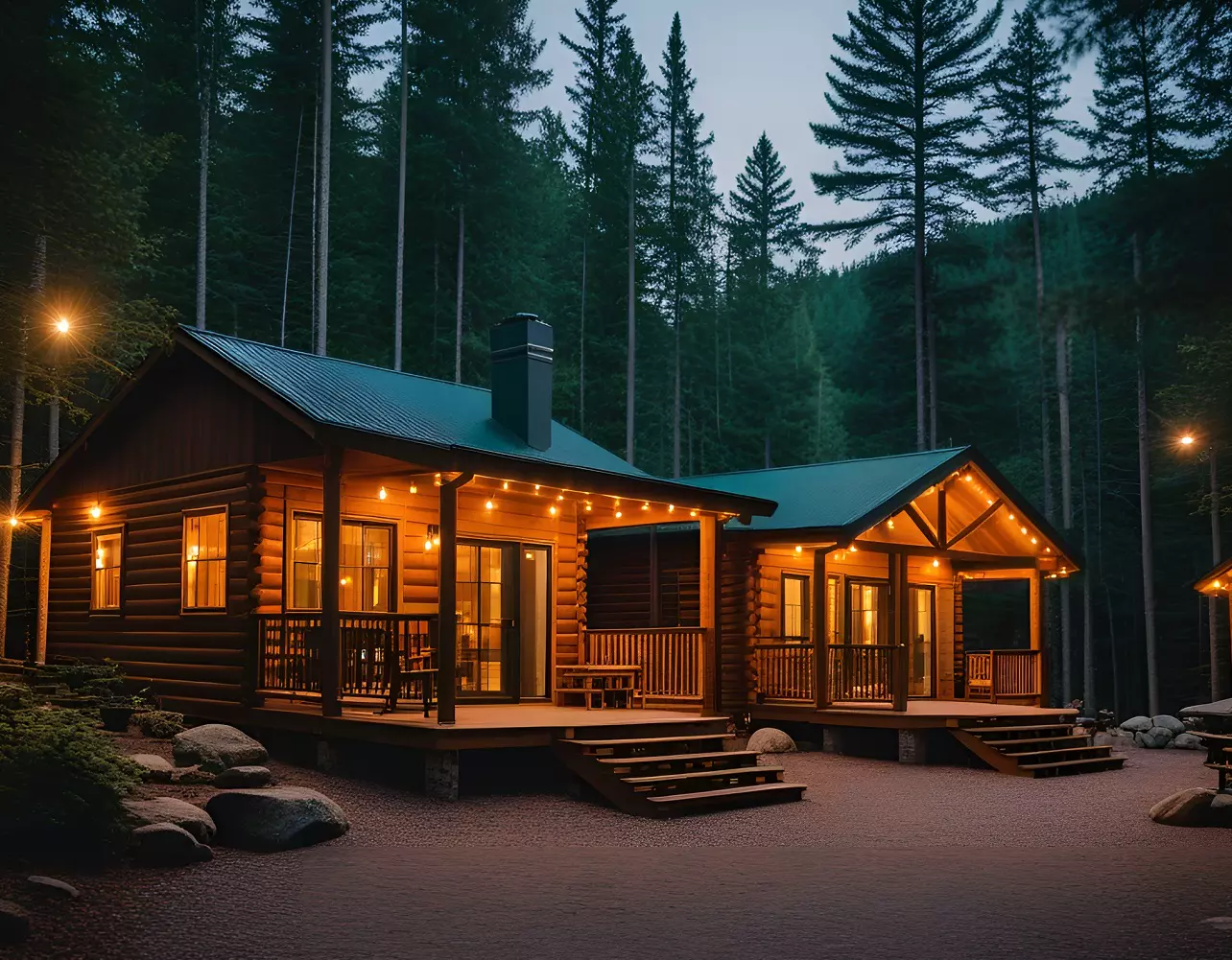
Why would you choose to invest in rental properties that are near National Parks?
There are a handful of viable reasons. For starters, these parks are beautiful and attractive places, so they tend to attract lots of residents. If you have a property near one of these parks, you’ll probably never have to worry about it being vacant for too long. At the same time, you’ll likely be able to charge a premium for rent, as people will be willing to pay more if they can live near the National Park system.
As an added bonus, you’ll have a piece of real estate close to one of your favorite recreational spots. You’ll have an excuse to visit the area, especially if you maintain the property regularly, and in the future, you can even use this property as your own. It could be the ultimate residence once you retire.
There are some drawbacks to consider in this strategy, of course. For example, because these properties are so popular and so attractive to so many people, they tend to cost more. You may also need to conduct a bit more due diligence than usual, making sure that you can tip the profitability equation in your favor.
Strategies for Success
In any case, these strategies can help you maximize your chances for success when optimizing your rental properties around the National Park system.
- Hire a property manager. For most real estate investors, especially new ones, the best move is to hire a property management company. Property managers take care of almost everything on your behalf, including tenant screening, rent collection, conflict resolution, maintenance, and more. It’s a way to make your rental property investment completely hands-free, so you can sit back and collect the revenue. It’s also a way to get strategic direction and advice from seasoned professionals who have more experience than you do.
- Choose the right type of properties. Not all properties make for good rentals. Do your due diligence and scout for ideal rental properties with minimal costs and upkeep.
- Plan conservatively. When calculating your revenue and expenses, always plan conservatively. This will compensate for unforeseen and underestimated expenses, so your profitability is much more likely. Things can and will go wrong in your rental property management strategy, and it pays to be prepared.
- Focus on retention. Tenant retention is a superior focus to tenant acquisition. You’re much better off keeping your tenants happy, satisfied, and consistently paying rent than chasing them out in the hopes of some new tenant in the future.
- Highlight the unique location. When marketing your rental properties, make sure you highlight their proximity to the National Park system. Include photos of the park itself, include descriptive text highlighting how close it is to the area, and target demographics who are likely to be interested in such a location.
- Diversify your portfolio. Portfolio diversification is an essential skill for investors to master. When it comes to real estate, it’s important to diversify with different types of properties in different areas. Beyond that, it’s important to get exposure to assets other than real estate as well.
- Adapt over time. Few people master the art of real estate investing right away. Make sure you’re ready to adapt as you learn more and gain more experience.
We all love the National Parks. But there are ways to tap into the power and popularity of this system that often go unnoticed, even by seasoned investors. If you want to make some extra money, accumulate some wealth, and enjoy your favorite parks at the same time, consider implementing a strategy like the one we’ve laid out here.

